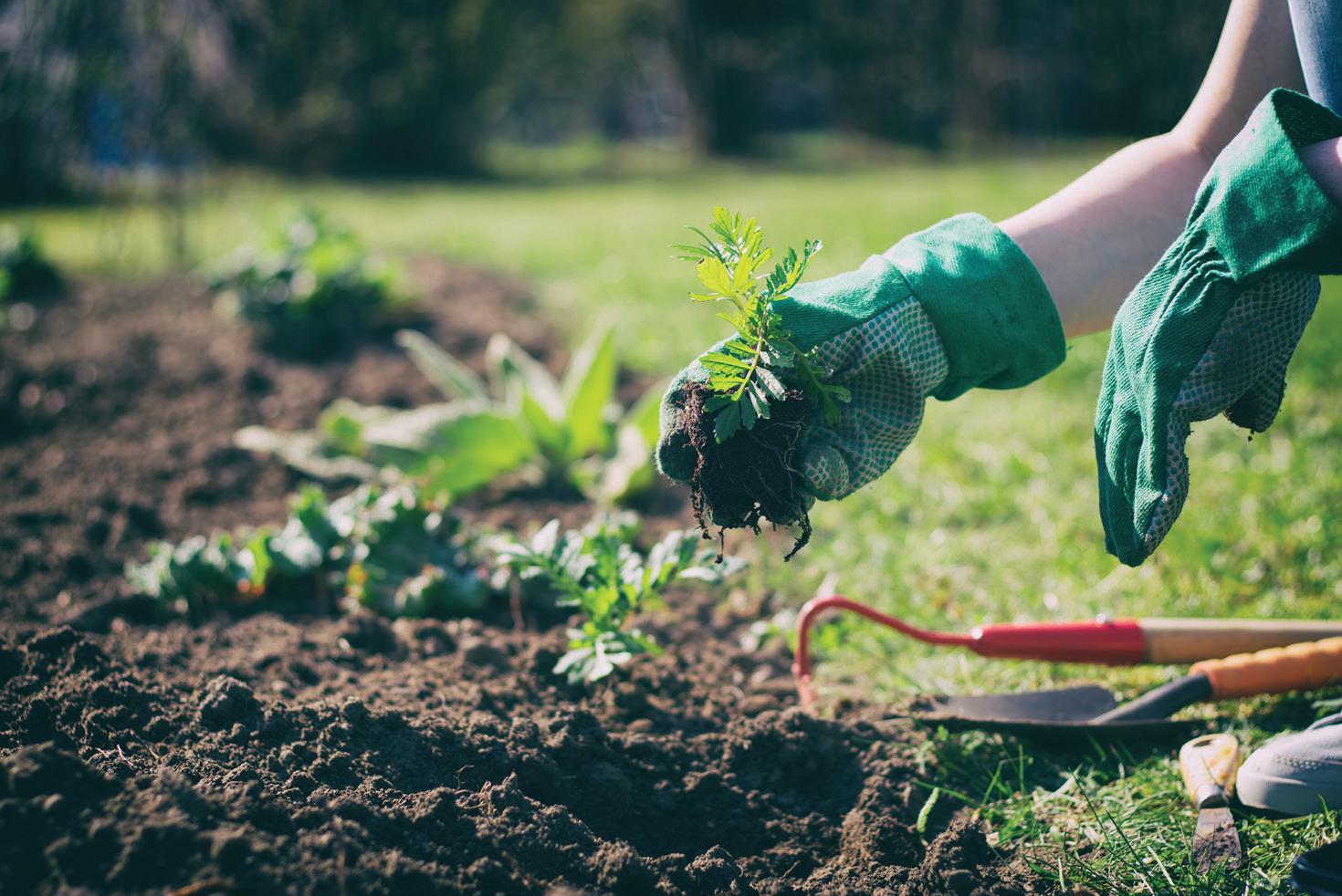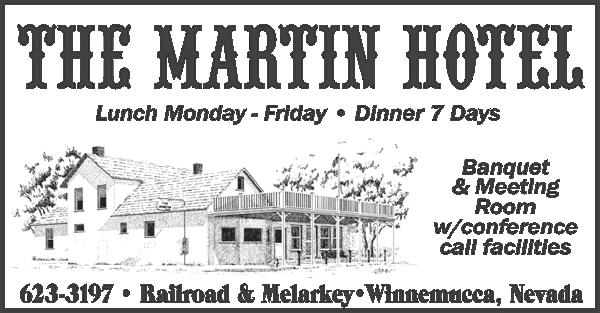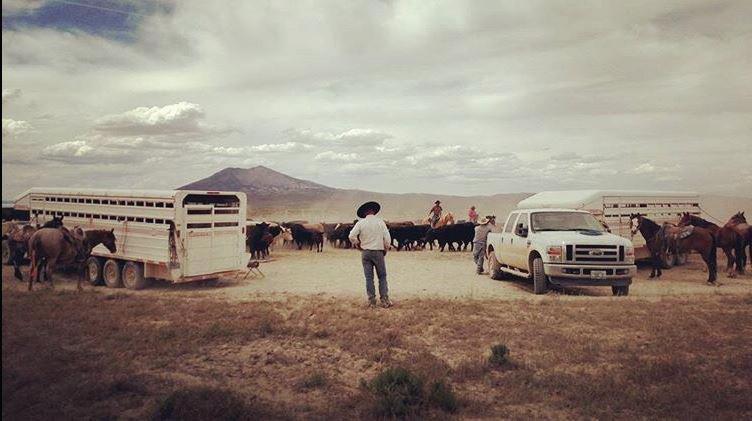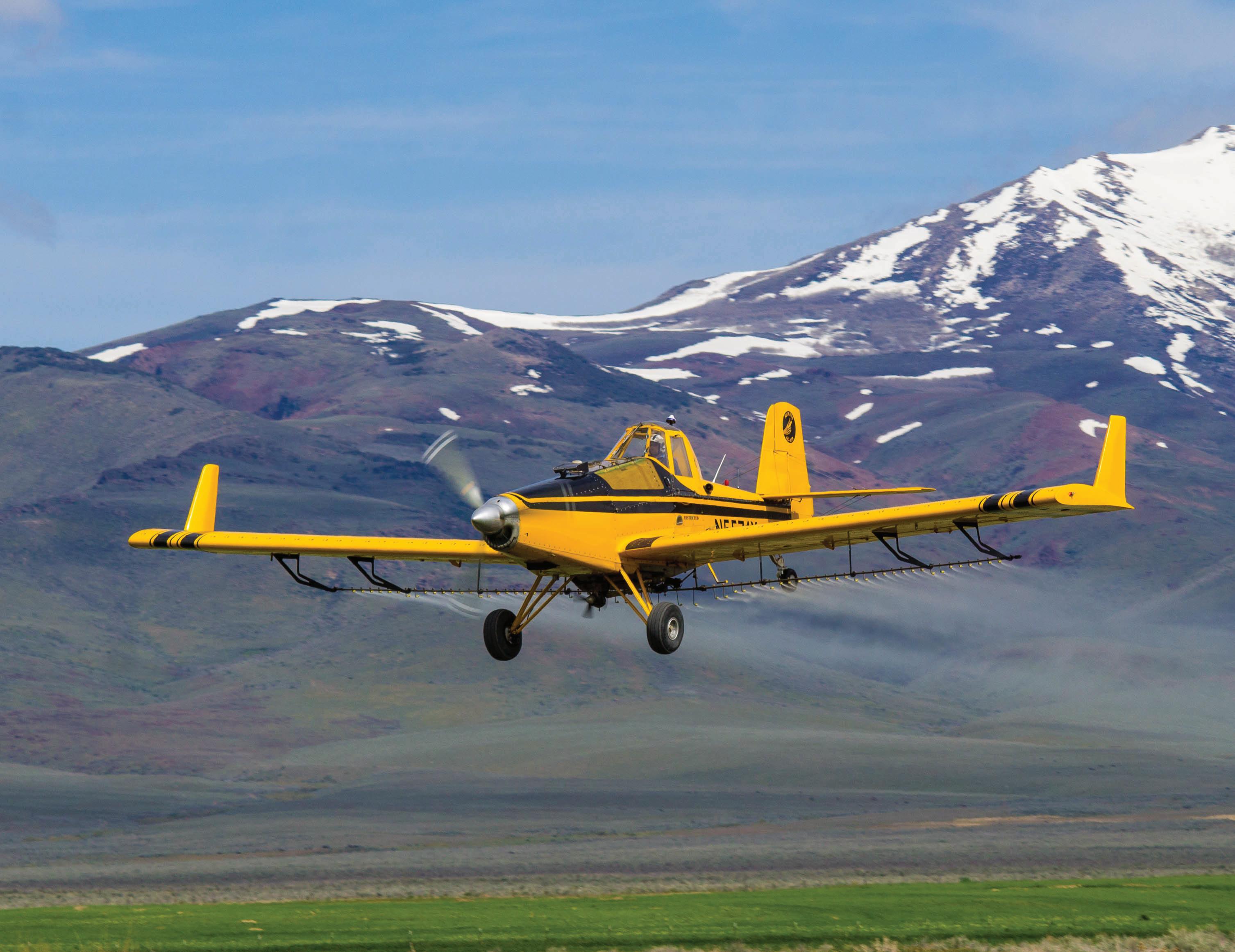2022 National Ag Day
OVERLAND PARK, KS
— The Agriculture Coun cil of America (ACA) will host National Agriculture Day on March 22, 2022. This will mark the 49th anniversary of National Ag Day which is cele brated in classrooms and communities across the country. The theme for National Ag Day 2022 is “Growing a Climate for Tomorrow.”

On March 22, 2022, the ACA will host a vir tual Ag Day event and events in Washington DC. Additionally, the ACA will bring approximately 100 college students to Washington “virtually” to deliver the message of Ag

Day to the Hill. A core leadership team of col lege students will attend events in DC. Another exciting feature of Ag Day 2022 is the Celebration of Modern Agriculture on the Mall, March 21-22.
These events honor National Agriculture Day and mark a nationwide effort to tell the true story of American agricul ture and remind citizens that agriculture is a part of us all. Many agricultur al associations, corpora tions, students and gov ernment organizations involved in agriculture are expected to participate.
National Ag Day is organized by the Agricul
ture Council of America. The ACA is a nonprofit organization composed of leaders in the agricultural, food and fiber communi ty, dedicating its efforts to increasing the public’s awareness of agriculture’s role in modern society.
The National Ag Day program encourages every American to:

• Understand how food and fiber products are produced
• Appreciate the role agriculture plays in pro viding safe, abundant and affordable products
• Value the essen tial role of agriculture in maintaining a strong economy
AGDAY.ORG PHOTO No one is more committed to protecting the land than America’s farmers. Learn more about how farmers are Growing a Climate for Tomorrow during National Ag Day—March 22, 2022.

• Acknowledge and consider career opportu nities in the agriculture, food and fiber industry In addition to the
events on March 22, the ACA will once again fea ture the Ag Day Essay Contest. The winning essay will be presented
on National Ag Day. Sponsorship opportu nities for Ag Day 2022 are available. Visit ww.agday. org for more information.
Desert Disposal Servicing Humboldt,Lander, Pershing, and Eureka Counties Commercial/Residential • Portable O ce Septic System Pumping Sani-Huts 775 623 5115 • 4062 West Winnemucca Blvd. than a name” “Wherequality means more Desert Disposal Embroidery
Daily Activities for Ag Week
SUNDAY: Make a farm-to-table meal with your family.
MONDAY: Plan an activity with your family to teach your kids about the importance of agriculture. (Examples: make a com post bin for them to observe, or do an egg shell seed growing experiment).
TUESDAY: Share what agriculture means to your in a photo on social media - whether it’s the ingredients for your dinner, a rural field, or a busy market. Use the hashtag #FoodforLife
WEDNESDAY: Contact your legislator and remind them of the importance of supporting farm initiatives.
THURSDAY (National Ag Day!): Research agricultural issues affecting your region.


FRIDAY: Throw a cook-off party with friends. Try to incor porate ingredients your state is known for i.e. pork, apples, almonds, beef, corn, etc.
SATURDAY: Check out local farms or dairies in your area that offer tours. Visit with friends or family, and learn how they pro duce, sell and market their food.
Number of Farms: 3,350

Average Farm Size: 1,821 acres Total Farmland: 6.1 million acres
Climate & Soil
• Mostly mountainous and desert ter rain. Much of Nevada is uninhabited, sagebrush-covered desert.
• In the driest state in the nation, with an average annual rainfall of only about 7”.

• The wettest part of the state receives about 40’ of precipitation per year, while the driest spot, less than 4” per year.
• SOIL: Orovada Soil
• Mining: Nevada was made famous by the discovery of the Comstock Lode, the richest known U.S. silver deposit, in 1895.
Crops & Livestock
• Agricultural crops consist of mainly alfalfa hay, sold as cubes and com pressed bales, alfalfa seed, potatoes,
barley, wheat, rye, oats, vegetables, mint, garlic and onions, and some fruits.




• The state’s leading agricultural industry is range livestock production.
• Cow-calf operations predominate.
• Dairy, sheep and lambs, and hogs are among Nevada’s other livestock enterprises.

• The larger cattle and sheep ranches are in the northern half of the state.
• The greatest number of dairies are in northern Nevada, the largest dairy is in the south.
• Horses and poultry are also raised.
General

• Agriculture is one of Nevada’s most important industries, contributing sig nificantly to the economies of rural communities and the state as a whole.

• Nevada’s total land area amounts to 110,567 square miles. Eighty-five percent of the state is managed by the federal government.
www.agclassroom.org/nv
edwardjones.com Walt Vetter, AAMS® Financial Advisor 185 Melarkey Street Winnemucca, NV 89445 775-623-0933 Receiving Proceeds from Selling Your Farm? 5425 Manzanita Lane • (775) 455-6143 • Elko
RecycledSeedPaper
Recycling is the pro cess of changing waste into a new, useful mate rial. In this activity, you will recycle paper and make new paper that can be planted. You will put seeds into your new paper and be able to plant the paper in soi where new plants will begin to grow. In order for the seeds to germi nate, or sprout, they need warmth, moisture, and air. Seeds remain dormant and will not ger minate until the proper conditions are present.
Materials
8 sheets of 8.5 x 11 white paper; shredded
2 sheets of 8.5 x 11 col ored paper; shredded Large bowl of water Blender Strainer
2 packets of small seeds
2 dish towels
2 linen towels Rolling pin


Vocabulary germination: when a seed begins to grow
Activity
Look at the seeds. Why isn’t a plant grow ing? Seeds do not begin growing until certain con ditions are met. When a seed begins to grow, we call that germination. A seed needs air and the proper amount of warmth and moisture to germinate.
• To make the recycled seed paper, soak the shredded paper in a bowl of water for at least one hour to help the paper soften and break apart easily.

• Scoop the paper into a blender. Add two cups of the soaking water and blend for about two min
utes until you get a mushy pulp.
• Pour the pulp through a strainer to remove some of the water. Do not squeeze all of the water out or the paper will not form together well.
• Gently mix the seeds in.
• Spread a dish towel out on a flat surface. Place a linen towel on top of the dish towel. The linen towel will keep the small seeds from sticking to the absorbent dish towel.
• Spread the pulp out onto the linen towel and flatten it down with your hand.
• Place another linen towel and dish towel on top of the pulp and use
a rolling pin to further flatten the paper.
• Allow the paper to dry overnight.
• After drying, the paper can be cut into desired shapes and made into cards and bookmarks.
• To plant, rip the seed paper into small pieces and spread throughout the garden or pot filled with soil. Cover the paper with about one inch of soil and water regularly.
• The heat from the sun and moisture from watering will provide the conditions necessary for the seeds to germinate and grow into a plant.

www.agclassroom.org/nv

Lunch M-F Basque & American Dinners 7 Day On The National Registery Of Historic 94 WEST RAILROAD STREET • WINNEMUCCA, NV 89445 Good for $2.00 off Dinner or at the Bar Limit - 1 per participant
GMOs: What are they and why are they important for farmers and consumers?
By Jeanne Tuttle AGDAY.ORG


National Ag Day is a time to recognize the farmers, producers, associations, businesses and universities that contribute to agriculture. It’s also a time to think about the tools farmers use to sustainably meet the demands of a growing world.
One of those tools is GMOs, or genetically modi fied organisms. But what exactly does it mean when a plant is genetically modified (GM)? Knowing what GMOs are, and why they are used, is key to making the best decisions when feeding your family.
When thinking about GMOs, it is helpful to remem ber that scientists are focused on finding ways to help farmers manage the many challenges of producing food — from pests and disease to drought and ero sion. Scientists rely on many old and new techniques to develop the best seeds for farmers. The GMO pro cess is just one of many techniques that can be used, along with others, to create specific seed products for farmers.
What is a GMO?
According to the World Health Organization, genetically modified organisms (GMOs) are organisms in which the genetic material (i.e., DNA) has been altered in a way that does not occur naturally by mat

ing and/or natural recombination. Genetic modifica tion allows selected individual genes to be transferred from one organism into another. In the case of food, crop seed can be genetically modified, which results in genetically modified food.
What does that mean? In short, GM is a process in which scientists transfer beneficial traits from one plant to another to achieve the desired improvement. When scientists find a trait that could be beneficial, they make a copy of the desired gene and put it in the plant’s DNA.
Why is GM needed in agriculture?
1. Environmental stewardship: When farmers use genetically modified crops that are resistant to her bicides, they can use a small amount of herbicide to control weeds, without killing the crops. When farm ers use herbicides instead of tilling to control weeds, it helps protect from soil erosion and keep nutrients and moisture in the soil.
Crops can be modified to use water more effi ciently, reducing water usage during dry periods or droughts.

2. Plant health: GM can make crops resistant to insects and disease to keep the plants healthy and thriving.

Environmental stewardship and plant health are key in farmers producing more food with fewer resources.
According to the U.S. Farm Bureau Federation, one U.S. farm feeds 166 people annually in the United States and abroad. The global population is expected to increase by 2.2 billion by 2050, which means the world’s farmers will have to grow about 70% more food than what is now produced.
And here’s the thing: The population is growing, but resources are not. The amount of land and water are not increasing, yet farmers are tasked with producing enough food and fiber to meet the needs of a growing world, with the same, or fewer, amount of resources.
Where can I learn more?
GM food is a hot topic, and there’s more infor mation and questions than I can cover here. As with all topics, I recommend doing your research and not just using friends’ recommendations to make the best decision for your family.
Below are some resources that I have found helpful when trying to learn more about GM food and making the best decision when purchasing food for my family.
“OMG, GMOs!”: Bill Nye (yes, the science guy) has a great podcast called Science Rules! In this episode, Bill and his guests dive in and cover all things GMO-related.
GMO Answers: GMO Answers is an initiative com mitted to responding to your questions about how food is grown. Its goal is to make information about GMOs in food and agriculture easier to access and understand.
Open to the Public and Accepting all Major Credit Cards Paved Parking Lot 775-623-2960 3300 W. Railroad St., Winnemucca, NV Located next to Big R. Serving Northern Nevada Since 1977






Over 25 Years Experience Serving Northern Nevada! Custom Aerial Applica�on Orovada, Nevada 775-272-3365 • 775-623-1634 or contact Mike: 775-304-1958 • Herbicide • Fer�lizer • Fungicide • Insec�cide • Seeding • Spike





























